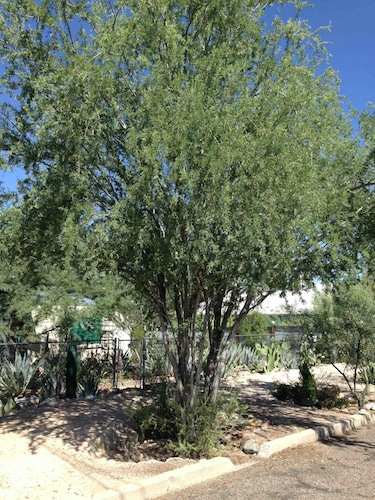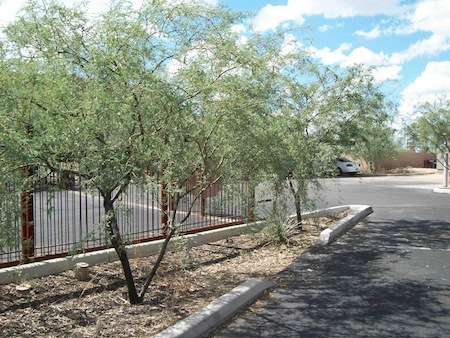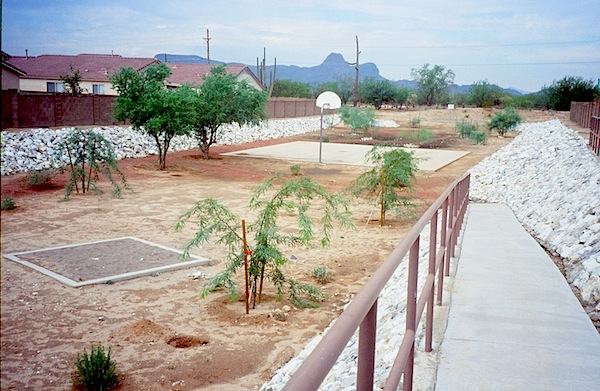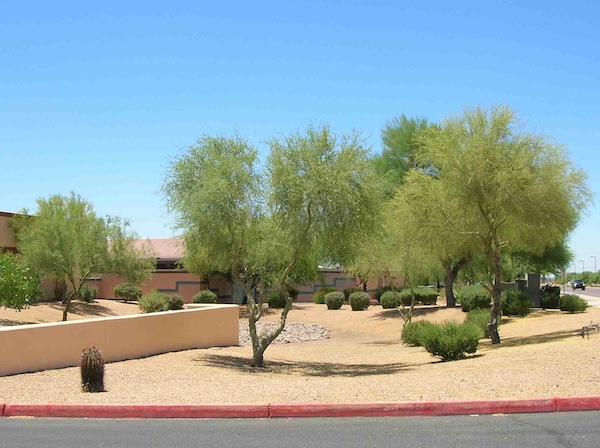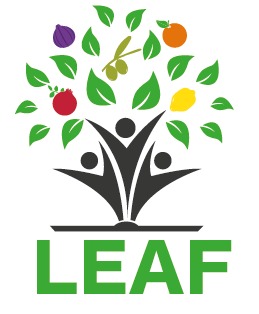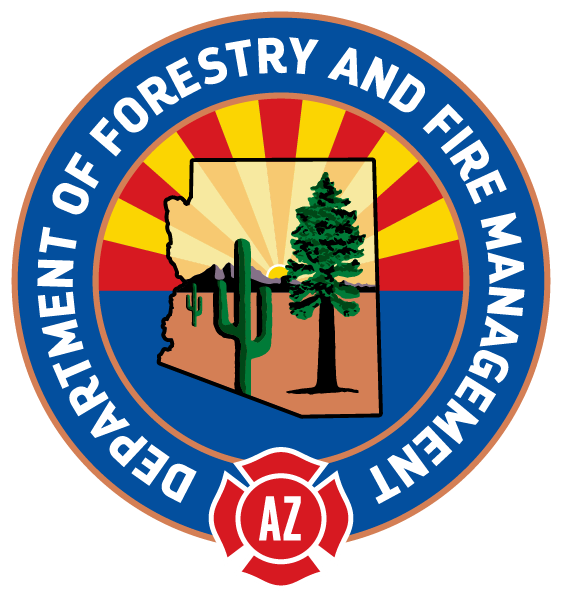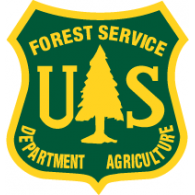Harvest Stormwater Click Here for a PDF of Harvest StormwaterRainfall that does not infiltrate into the soil often runs off rooftops and hardscapes (driveways, sidewalks, parking lots and other paved areas) and off bare or vegetated land to become concentrated stormwater. Stormwater is a “problem,” even in desert areas, because it often concentrates in streets and can cause flooding and safety hazards. Stormdrains collect this water and typically discharge it into streambeds. Millions of dollars are spent to build the infrastructure needed to manage and discharge stormwater. Instead, this valuable water supply can sometimes be used to help support trees. Because stormwater picks up pollutants from the environment, the U.S. Environmental Protection Agency encourages strategies that help clean and filter stormwater before it reaches streams. Harvesting rainwater and stormwater into vegetated basins makes it possible for the filtering and biological action that takes place in the soils to treat and reduce pollution in the water. Designs and structures used to accomplish this are sometimes called Low Impact Development or Green Infrastructure. Because stormwater picks up pollutants from the environment, do not apply stormwater to the leaves or fruits of trees. | A newly constructed water harvesting basin will receive street runoff through a curb cut. Water flowing down the street curb will enter the basin through a narrow channel. When the basin is full, surplus water will exit back out the same channel to rejoin flow on the street. |
Harvesting stormwater from streets into vegetated water harvesting depressions that are placed on adjacent strips of public land— called the right-of-way (ROW)—is a good strategy to treat stormwater, reduce street flooding and support vegetation. In some Arizona jurisdictions, a permit can be obtained to cut a street curb and divert street runoff into properly constructed water harvesting depressions in the ROW spaces. Landscaped areas at commercial sites, subdivisions and public building sites are sometimes designed to capture and manage stormwater runoff while growing trees and improving aesthetics. In addition, large stormwater basins may be constructed to intercept and manage site stormwater. To make the most of land values, large stormwater basins and swales are sometimes designed to provide pathways, recreation, shade, and other benefits. Native trees could be grown in areas that do not receive supplemental water beyond stormwater. Nonnative edible fruit and nut trees could be incorporated into areas that receive reliable additional irrigation to supplement stormwater. |
Street runoff entering a basin through a curb cut supports the growth of a native ironwood tree. |
A sidewalk scupper diverts stormwater runoff from the street to the adjacent right-of-way land, reducing street flooding, cleaning stormwater and supporting native edible trees. |
Climate change potential could result in larger stormwater volumes after intense storms, but also in longer periods with no stormwater flows, so planting ROW spaces and stormwater management basins with resilient native edible trees is a good strategy. These trees provide shade, improve aesthetics and can yield a food harvest. To give people safe and comfortable access to sidewalks and paths, adjacent trees should be regularly trimmed—especially if they are thorny.
A curb cut leads runoff water from a parking lot to an adjacent depression planted with native trees. |
A multipurpose stormwater basin located in a residential subdivision manages large volumes of stormwater, supports low water-use edible trees and serves as a recreational areas residents can use during dry periods.
A gently sloped landscaped stormwater management basin at a commercial site receives runoff from building roofs and the parking lot, supporting native edible trees. |
ADDITIONAL RESOURCES
Using stormwater to support edible trees requires careful design and implementation. Some useful references include:
Rainwater Harvesting for Drylands and Beyond, street runoff harvesting by Brad Lancaster
CAUTION: Never eat anything that is not properly identified. It is your responsibility to ensure that all fruits, nuts, seeds, pods and other edible products of trees and shrubs are correctly identified and safe to eat before eating them or serving them to others.
Copyright 2023
LEAF is under the fiduciary stewardship of the Arizona Community Tree Council, a 501(c)3 non-profit organization.
70 S Val Vista Drive, Suite A3-186, Gilbert, AZ 85296

